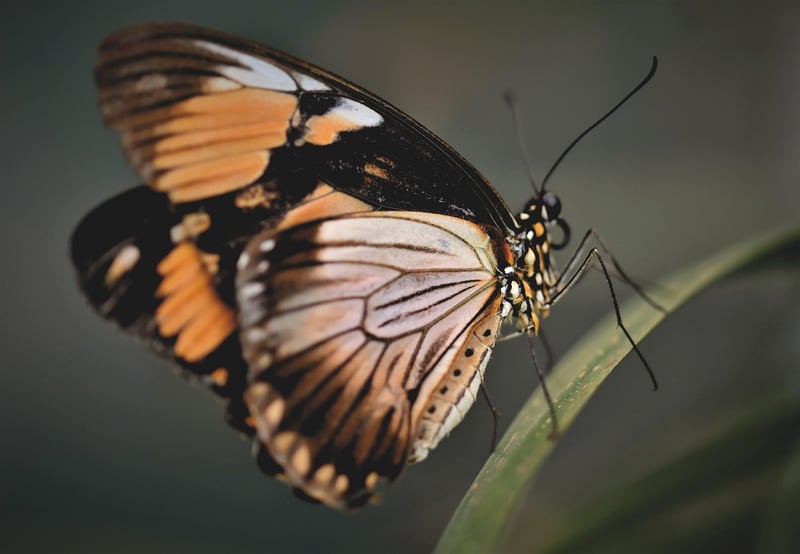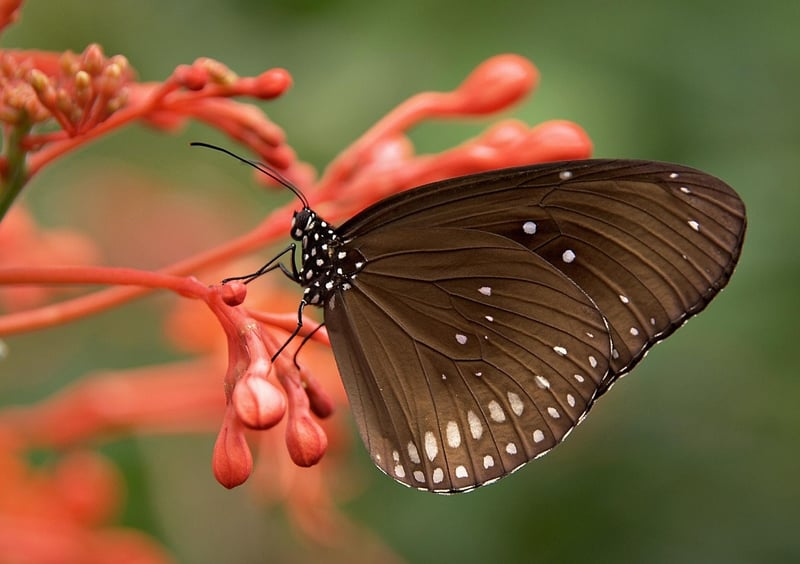Butterfly Gardens
Attracting Wildlife to Cities with Butterfly Gardens

In urban environments where green spaces are limited, creating butterfly gardens can play a vital role in attracting wildlife to cities. Butterflies are not only beautiful creatures but also essential pollinators that contribute to the ecosystem's health.
Benefits of Butterfly Gardens in Urban Areas
- Support local biodiversity
- Provide food sources for butterflies and other pollinators
- Create a peaceful and serene environment
- Offer educational opportunities for residents, especially children
- Contribute to the overall well-being of the community
How to Create a Butterfly Garden
Here are some steps to help you establish a butterfly garden in your city:
- Choose native plants that attract butterflies and provide nectar
- Include a variety of plant species to support different butterfly species
- Ensure there are sunny spots for butterflies to bask and feed
- Eliminate the use of pesticides to protect butterflies and their larvae
- Provide water sources like shallow dishes with wet sand or rocks
- Add larval host plants specific to the local butterfly species
Examples of Butterfly-Friendly Plants
Consider planting these butterfly-friendly plants in your garden:
- Milkweed
- Lavender
- Coneflower
- Lantana
- Butterfly Bush
By following these guidelines and incorporating butterfly-friendly plants, you can create a welcoming habitat for butterflies and other wildlife in your city. Together, we can make urban areas more sustainable and harmonious with nature.
Get started on your butterfly garden today and witness the beauty of these delicate creatures fluttering amidst the urban landscape.
For more information on attracting wildlife to cities, check out National Wildlife Federation.
